
The Enchanting Heart of Kuala Lumpur: KLCC
Discover KLCC: The vibrant hub of Kuala Lumpur featuring iconic landmarks, lush parks, cultural sites, and a culinary paradise for every visitor.
KLCC, or Kuala Lumpur City Centre, is the pulsating heart of Malaysia's vibrant capital. This neighbourhood is home to the iconic Petronas Twin Towers, which dominate the skyline and offer breathtaking views from their observation deck. Aside from the towers, KLCC boasts an array of attractions that cater to every tourist’s taste, from luxurious shopping malls like Suria KLCC to cultural hubs such as the Petronas Art Gallery and the Philharmonic Hall, where you can immerse yourself in the local arts scene. Nature lovers will find KLCC Park a serene escape amidst the urban hustle. The park features beautifully landscaped gardens, a man-made lake, and a walking path that loops around the park, perfect for a leisurely stroll. Families travelling with kids will appreciate the large playground and the interactive water fountain show that lights up the night. Food enthusiasts will find a culinary paradise in KLCC, with a vast array of dining options ranging from high-end restaurants serving gourmet dishes to street food stalls offering authentic Malaysian flavours. The neighbourhood is also well-connected by public transport, making it easy to explore other parts of Kuala Lumpur. Whether you’re here for a short visit or an extended stay, KLCC promises a memorable experience with its blend of modernity and tradition.
Local tips in KLCC
- Visit the Petronas Twin Towers early in the morning to avoid long queues and enjoy the best views.
- Spend an evening at KLCC Park to catch the magical light and fountain show.
- Take advantage of the free bus service, Go KL City Bus, which stops at major attractions within KLCC.
- Explore the underground pedestrian walkway linking KLCC to nearby Bukit Bintang for a comfortable shopping experience.
- Check out the Philharmonic Hall’s schedule in advance to catch a world-class performance.
The Enchanting Heart of Kuala Lumpur: KLCC
KLCC, or Kuala Lumpur City Centre, is the pulsating heart of Malaysia's vibrant capital. This neighbourhood is home to the iconic Petronas Twin Towers, which dominate the skyline and offer breathtaking views from their observation deck. Aside from the towers, KLCC boasts an array of attractions that cater to every tourist’s taste, from luxurious shopping malls like Suria KLCC to cultural hubs such as the Petronas Art Gallery and the Philharmonic Hall, where you can immerse yourself in the local arts scene. Nature lovers will find KLCC Park a serene escape amidst the urban hustle. The park features beautifully landscaped gardens, a man-made lake, and a walking path that loops around the park, perfect for a leisurely stroll. Families travelling with kids will appreciate the large playground and the interactive water fountain show that lights up the night. Food enthusiasts will find a culinary paradise in KLCC, with a vast array of dining options ranging from high-end restaurants serving gourmet dishes to street food stalls offering authentic Malaysian flavours. The neighbourhood is also well-connected by public transport, making it easy to explore other parts of Kuala Lumpur. Whether you’re here for a short visit or an extended stay, KLCC promises a memorable experience with its blend of modernity and tradition.
Iconic landmarks you can’t miss
KLCC Park
Discover KLCC Park, a serene escape in Kuala Lumpur with stunning views of the Petronas Twin Towers and lush landscapes perfect for relaxation.
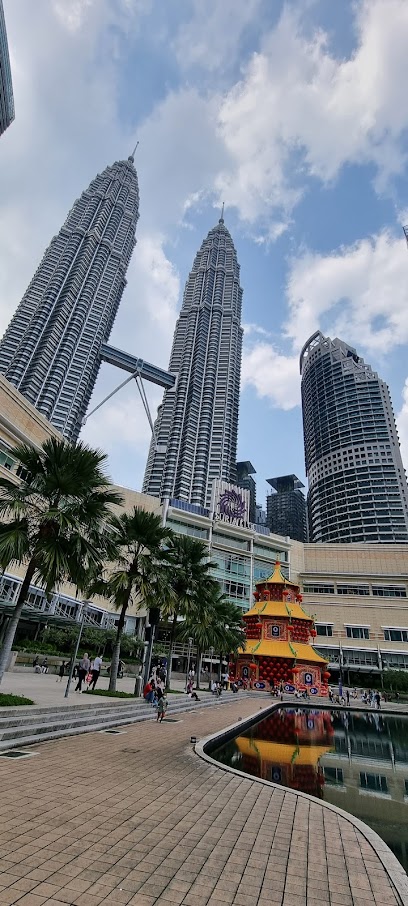
Merdeka Square
Discover the historical heart of Kuala Lumpur at Merdeka Square, a vibrant landmark where culture, history, and beauty converge.
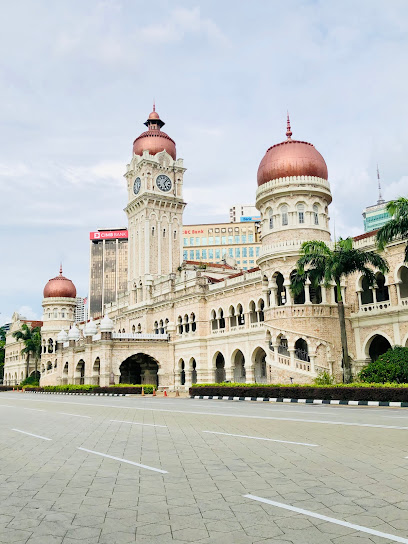
Menara Kuala Lumpur
Experience breathtaking views from Menara Kuala Lumpur, an iconic landmark featuring an observation deck and lush surrounding parks.
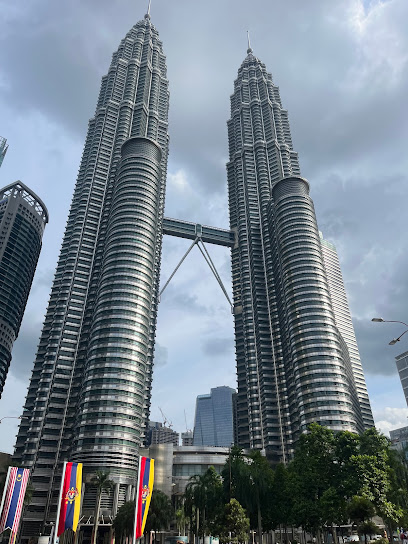
I Love KL Statue
Discover the vibrant spirit of Kuala Lumpur at the iconic 'I Love KL' Statue—your perfect photo op in the heart of the city.
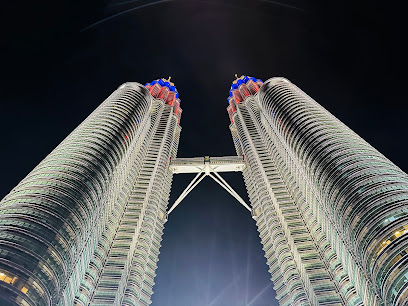
Victoria Fountain
Discover the historic allure of Victoria Fountain, a stunning landmark in Kuala Lumpur City Centre, perfect for history buffs and leisure seekers alike.
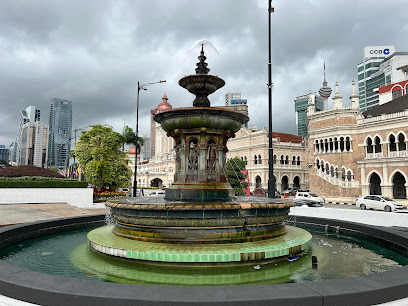
Medan Pasar Clock Tower (Old Market Square Clock Tower)
Explore the historical Medan Pasar Clock Tower, a colonial-era landmark in Kuala Lumpur that reflects the city's vibrant culture and rich heritage.
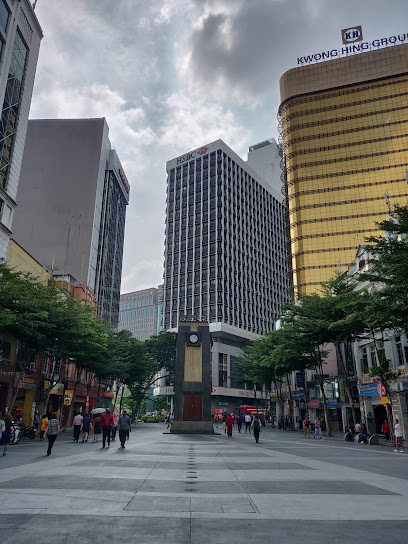
Dataran Medan Pasar
Explore Dataran Medan Pasar, a historical landmark in Kuala Lumpur that showcases rich culture, stunning architecture, and vibrant local life.
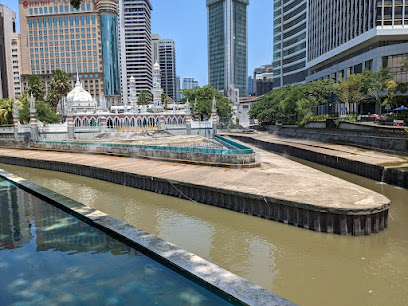
The Jelutong Tree
Explore the Jelutong Tree in Kuala Lumpur: A Majestic Natural Attraction and Biodiversity Hub in the Heart of the City.
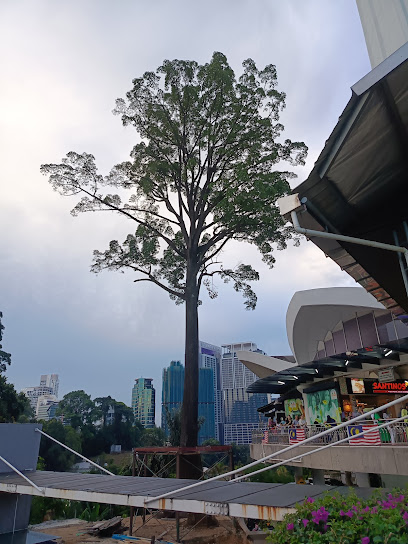
Old Kuala Lumpur River of Life Mural
Explore the breathtaking Old Kuala Lumpur River of Life Mural, a vibrant artistic landmark that encapsulates the rich culture and history of Kuala Lumpur.
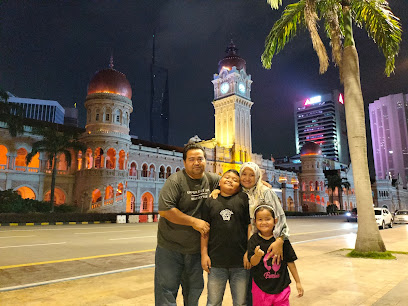
Terowong Bukit Nanas
Explore the historical significance of Terowong Bukit Nanas, an architectural gem nestled in the heart of Kuala Lumpur's lush landscape.
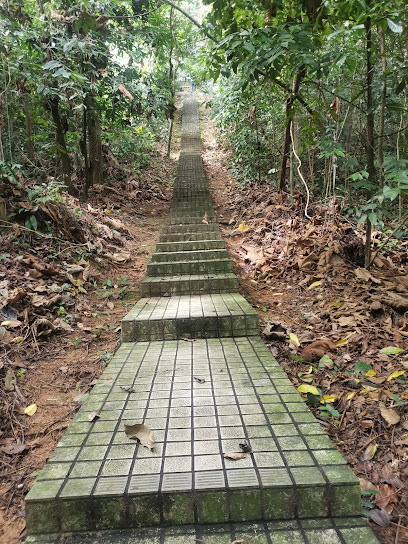
Unmissable attractions to see
Perdana Botanical Garden
Explore the lush landscapes and vibrant flora of Perdana Botanical Garden, a tranquil escape in the heart of Kuala Lumpur.
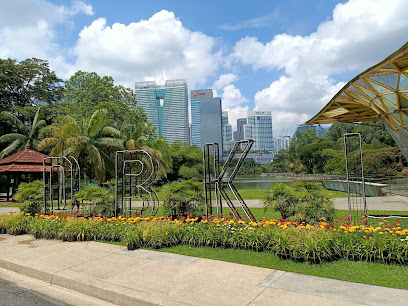
Petrosains, The Discovery Centre
Unveil the mysteries of science at Petrosains, The Discovery Centre, located in the iconic Petronas Twin Towers in Kuala Lumpur.
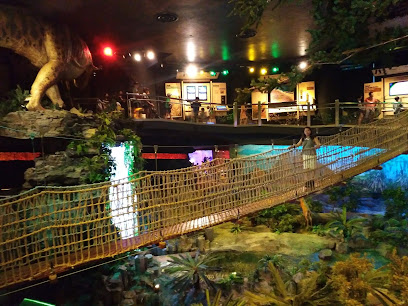
Sky Deck KL Tower
Discover the stunning panoramic views of Kuala Lumpur from the Sky Deck of KL Tower, one of the city's most iconic attractions.
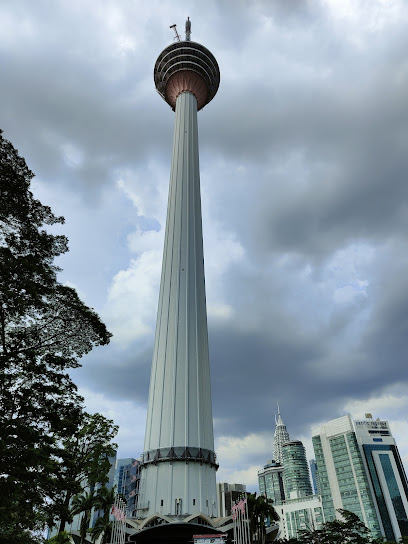
Essential places to dine
ZENZERO Restaurant & Wine Bar
Experience the best of Italian cuisine at ZENZERO Restaurant & Wine Bar in Kuala Lumpur - where culinary excellence meets exceptional service.

Marini’s on 57
Experience fine Italian dining with breathtaking views at Marini’s on 57 in Kuala Lumpur—where culinary art meets luxury.

Marble 8 Steak House & Fine Dining Restaurant in KL
Experience unparalleled luxury dining at Marble 8 Steak House in Kuala Lumpur with stunning city views and exquisite culinary delights.
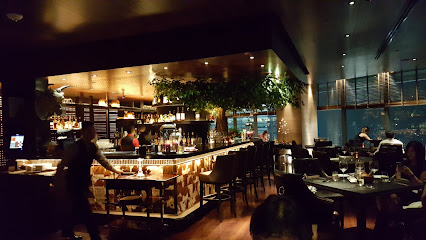
NZ Curry House @ KLCC
Experience authentic Indian Muslim cuisine at NZ Curry House in Kuala Lumpur with stunning views of the Petronas Twin Towers.
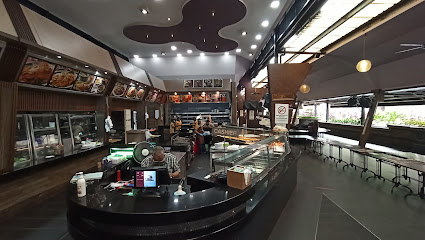
El Cerdo
Experience the best of Spanish cuisine at El Cerdo in Bukit Bintang—where every dish tells a story.
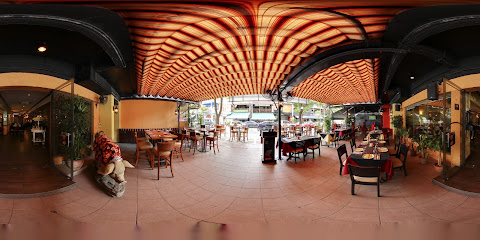
Skillet KL
Discover culinary excellence at Skillet KL, where modern European flavors meet Asian inspiration in the heart of Kuala Lumpur.
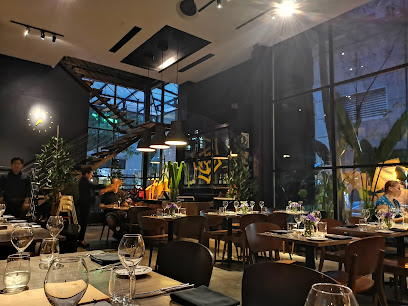
Dining In The Dark KL
Experience culinary art like never before at Dining In The Dark KL—where flavors ignite your senses in total darkness.
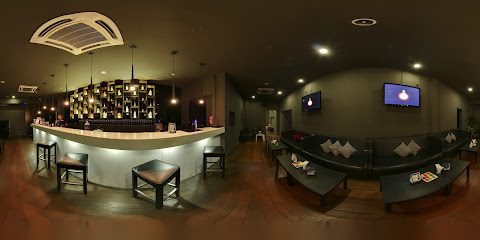
Cielo Rooftop - Dining and Lounge
Experience fine dining at Cielo Rooftop in Kuala Lumpur—where exquisite cuisine meets breathtaking skyline views.
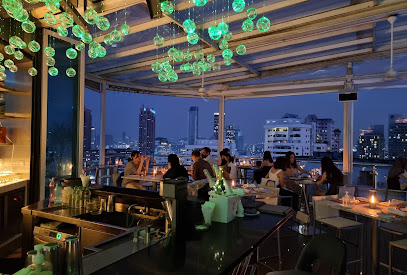
Strato at Troika Sky Dining
Experience exquisite Italian cuisine with stunning skyline views at Strato at Troika Sky Dining in Kuala Lumpur.
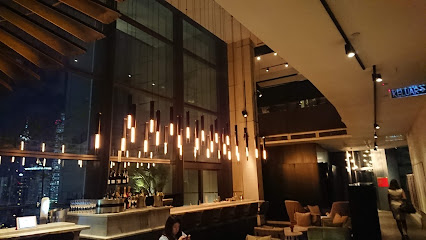
Beta KL
Experience the fusion of traditional and contemporary Malaysian cuisine at Beta KL in the heart of Kuala Lumpur.
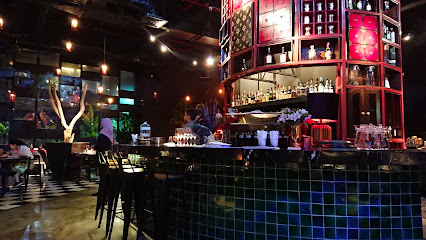
Markets, malls and hidden boutiques
Suria KLCC
Discover the ultimate shopping experience at Suria KLCC, Malaysia's premier mall, nestled at the base of the iconic Petronas Twin Towers.
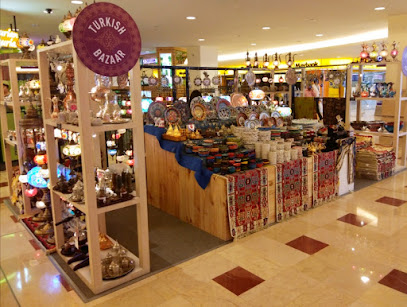
ISETAN KLCC
Experience the vibrant shopping scene at ISETAN KLCC, where luxury meets accessibility in Kuala Lumpur's heart.
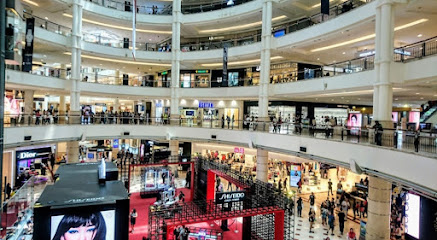
MUJI 無印良品 Suria KLCC
Explore the minimalist paradise of MUJI 無印良品 Suria KLCC, where simplicity meets style in the heart of Kuala Lumpur.
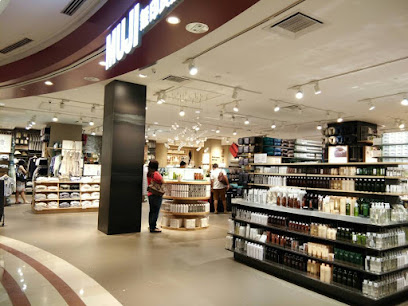
Kl Grand Bazaar
Explore KL Grand Bazaar: A vibrant marketplace in Kuala Lumpur filled with unique handicrafts, clothing, and souvenirs, perfect for every traveler.
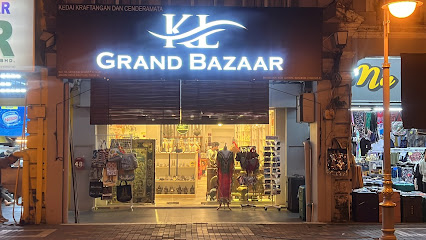
I.T Store Suria KLCC
Explore the vibrant fashion scene at I.T Store Suria KLCC, Kuala Lumpur's trendy clothing destination showcasing contemporary styles and unique designs.
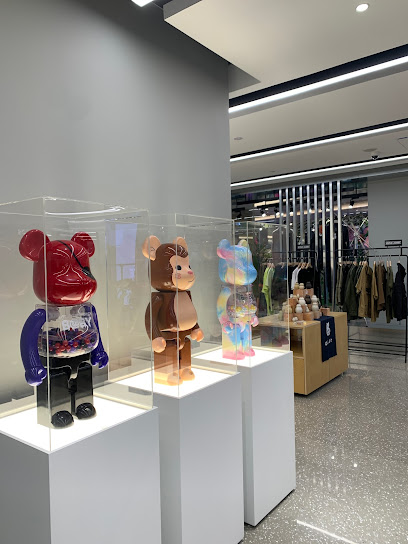
Summer Collection Malaysia @ KLCC Aquaria
Explore Summer Collection Malaysia @ KLCC Aquaria for authentic Malaysian souvenirs celebrating local culture and craftsmanship in the heart of Kuala Lumpur.
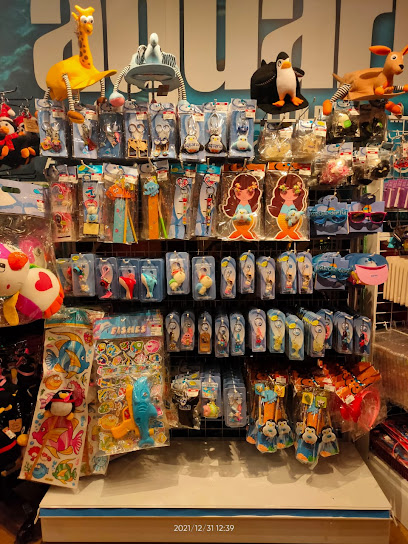
Legacy
Discover unique gifts and local treasures at Legacy, a premier gift shop in Suria KLCC, Kuala Lumpur, embodying the spirit of Malaysian craftsmanship.
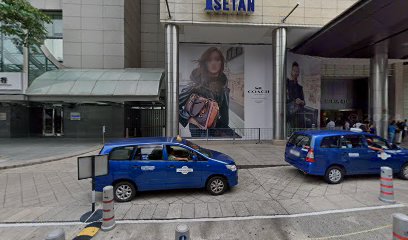
Originalo Gift Experience
Explore the charm of Kuala Lumpur through unique souvenirs at Originalo Gift Experience, the ultimate gift shop for travelers.
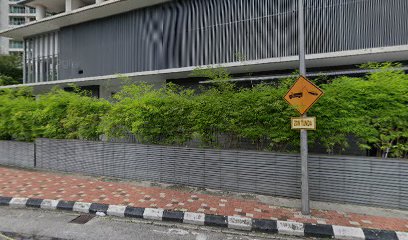
KLCC
Experience the iconic Kuala Lumpur City Centre, where shopping, dining, and culture converge in the heart of Malaysia's capital.
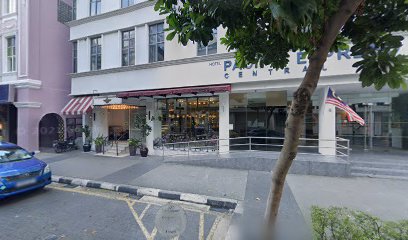
moodytiger - Suria KLCC
Explore Moody Tiger at Suria KLCC for a unique shopping experience with stylish clothing and personalized service in Kuala Lumpur.
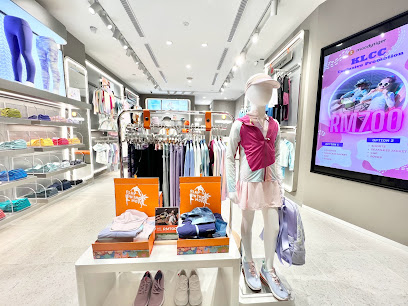
Essential bars & hidden hideouts
Havana Bar & Grill
Discover the vibrant nightlife and delectable grilled dishes at Havana Bar & Grill, a must-visit spot in Kuala Lumpur's Bukit Bintang.
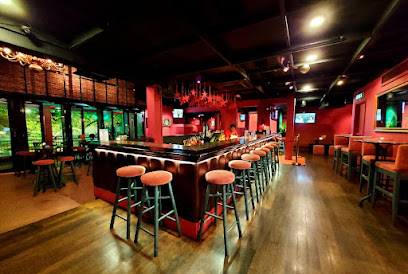
Marini’s on 57
Discover the refinement of Italian cuisine with breathtaking views at Marini’s on 57, Kuala Lumpur's iconic dining destination.
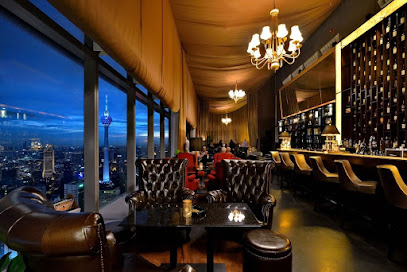
PS150
Discover the vibrant nightlife of Kuala Lumpur at PS150, where innovative cocktails and a unique ambiance create unforgettable evenings.
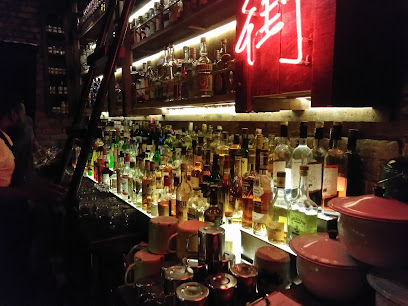
Pisco Bar
Discover the vibrant Pisco Bar in Kuala Lumpur, where exquisite Spanish and Peruvian tapas meet lively nightlife in Bukit Bintang.
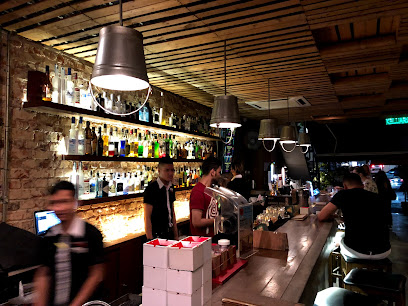
Healy Mac's KLCC- Jalan P. Ramlee
Experience the lively atmosphere of Healy Mac's KLCC, an Irish pub in the heart of Kuala Lumpur, offering delicious food, drinks, and entertainment.
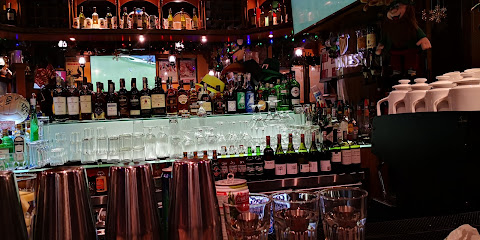
The Attic Bar
Experience breathtaking views and vibrant nightlife at The Attic Bar, a premier rooftop bar in Kuala Lumpur with a diverse drink selection.
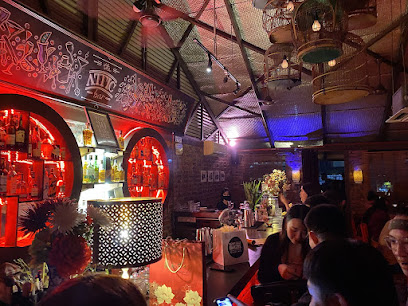
Gypsy Bar
Discover the lively Gypsy Bar in Bukit Bintang, Kuala Lumpur - your ultimate destination for sports, drinks, and vibrant nightlife.
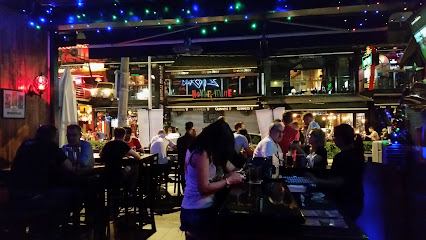
Omakase + Appreciate
Discover the exquisite cocktails and elegant ambiance at Omakase + Appreciate, Kuala Lumpur's premier cocktail bar for a unique nightlife experience.
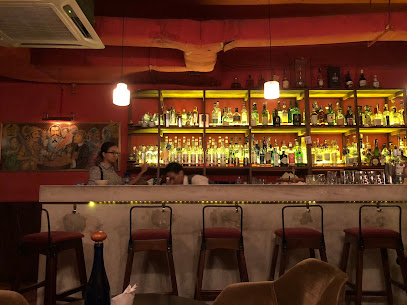
Rimbar KL
Discover the lively nightlife at Rimbar KL, a bar and restaurant offering a vibrant atmosphere, delicious cocktails, and a taste of local cuisine in Kuala Lumpur.
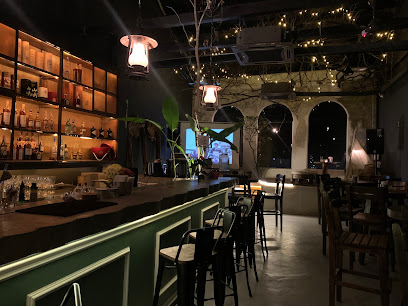
Boudoirz Sky Bar & Kitchen @ Ceylonz KLCC
Experience Kuala Lumpur's nightlife at Boudoirz Sky Bar & Kitchen – where stunning views meet exquisite cocktails and a vibrant atmosphere.
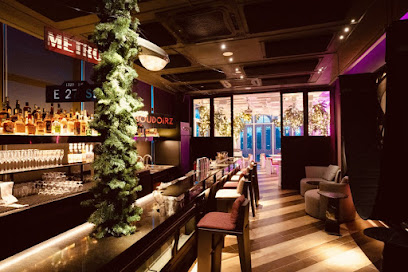
Local Phrases
-
- HelloHello
[Halo] - GoodbyeSelamat tinggal
[Suh-lah-maht ting-gahl] - YesYa
[Yah] - NoTidak
[Tee-dahk] - Please/You're welcomeSila
[See-lah] - Thank youTerima kasih
[Teh-ree-mah kah-see] - Excuse me/SorryMaaf
[Mah-ahf] - How are you?Apa khabar?
[Ah-pah kah-bahr] - Fine. And you?Baik. Dan awak?
[Bye-ehk. Dan ah-wahk] - Do you speak English?Boleh bercakap dalam Bahasa Inggeris?
[Boh-leh buhr-chah-kahp dah-lahm Bah-hah-sah Ing-geh-rees] - I don't understandSaya tidak faham
[Sah-yah tee-dahk fah-hahm]
- HelloHello
-
- I'd like to see the menu, pleaseSaya ingin lihat menu, sila
[Sah-yah in-geen lee-haht meh-noo, see-lah] - I don't eat meatSaya tidak makan daging
[Sah-yah tee-dahk mah-kahn dah-yehng] - Cheers!Sihat!
[See-haht!] - I would like to pay, pleaseSaya nak bayar, sila
[Sah-yah nahk bah-yahr, see-lah]
- I'd like to see the menu, pleaseSaya ingin lihat menu, sila
-
- Help!Tolong!
[Toh-lohng!] - Go away!Pergi jauh-jauh!
[Pehr-gee jah-oo jah-oo!] - Call the Police!Panggil polis!
[Pahng-geel poh-lees!] - Call a doctor!Panggil doktor!
[Pahng-geel dohk-tohr!] - I'm lostSaya sesat
[Sah-yah suh-saht] - I'm illSaya sakit
[Sah-yah sah-keet]
- Help!Tolong!
-
- I'd like to buy...Saya nak beli...
[Sah-yah nahk beh-lee...] - I'm just lookingSaya cuma tengok-tengok
[Sah-yah choo-mah tehn-gohk-tehn-gohk] - How much is it?Berapa harganya?
[Beh-rah-pah hahr-gahn-yah] - That's too expensiveItu terlalu mahal
[Ee-too tuhr-lah-oo mah-hahl] - Can you lower the price?Boleh kurangkan harga?
[Boh-leh koo-rang-kahn hahr-gah]
- I'd like to buy...Saya nak beli...
-
- What time is it?Pukul berapa sekarang?
[Poo-kool beh-rah-pah suh-kah-rahn?] - It's one o'clockPukul satu
[Poo-kool sah-too] - Half past (10)Setengah (sepuluh)
[Suh-tuhng-ah (suh-poo-looh)] - MorningPagi
[Pah-gee] - AfternoonPetang
[Peh-tahng] - EveningMalam
[Mah-lahm] - YesterdaySemalam
[Suh-mah-lahm] - TodayHari ini
[Hah-ree ee-nee] - TomorrowEsok
[Eh-sohk] - 1Satu
[Sah-too] - 2Dua
[Doo-ah] - 3Tiga
[Tee-gah] - 4Empat
[Em-paht] - 5Lima
[Lee-mah] - 6Enam
[Uh-nahm] - 7Tujuh
[Too-joo] - 8Lapan
[Lah-pahn] - 9Sembilan
[Suhm-bee-lahn] - 10Sepuluh
[Suh-poo-looh]
- What time is it?Pukul berapa sekarang?
-
- Where's a/the...?Di mana...
[Dee mah-nah...] - What's the address?Alamatnya di mana?
[Ah-lah-maht-nyah dee mah-nah?] - Can you show me (on the map)?Boleh tunjukkan saya (di peta)?
[Boh-leh toon-jook-kahn sah-yah (dee peh-tah)?] - When's the next (bus)?Bila bas seterusnya?
[Bee-lah bahs suh-tuh-roos-nyah?] - A ticket (to ....)Satu tiket (ke ....)
[Sah-too tee-keht (keh ....)]
- Where's a/the...?Di mana...
History of KLCC
-
KLCC, or Kuala Lumpur City Centre, is built on the historical site of the confluence of the Gombak and Klang rivers, where Kuala Lumpur was founded in 1857. The name 'Kuala Lumpur' translates to 'muddy confluence' in Malay, reflecting the area's early days as a tin-mining town. The city quickly grew around the mining industry, leading to the establishment of various communities.
-
A significant landmark in KLCC, the Petronas Towers were completed in 1998 and were the tallest buildings in the world until 2004. Designed by Argentine-American architect César Pelli, the towers symbolize Malaysia's rapid economic growth and modernization in the late 20th century. They are a key feature of the Kuala Lumpur skyline and represent the ambition of Malaysia to establish itself as a global player.
-
KLCC is not just a commercial hub but also a cultural melting pot, reflecting the diverse population of Kuala Lumpur. The area is home to various cultural institutions, including the Kuala Lumpur Convention Centre, the Petronas Art Gallery, and the Suria KLCC shopping mall, which features a mix of local and international brands, showcasing the multicultural essence of Malaysia.
-
In recent years, KLCC has focused on sustainability and environmental conservation. The KLCC Park, which opened in 1998, spans over 50 acres and features walking paths, a lake, and a children's playground. This initiative promotes green spaces in urban areas, reflecting a growing awareness of environmental issues in Kuala Lumpur.
-
KLCC has evolved into a global icon for Kuala Lumpur, hosting numerous international events and attracting millions of tourists annually. The area is not only a business center but also a cultural and recreational hub, illustrating Kuala Lumpur's evolution from a tin-mining town to a modern metropolis.
KLCC Essentials
-
KLCC is easily accessible from various neighborhoods in Kuala Lumpur. The most convenient way is via the Light Rail Transit (LRT). The KLCC station is part of the Kelana Jaya Line, which connects it to major areas including Bukit Bintang and Petaling Jaya. Additionally, taxis and ride-sharing services like Grab are widely available. If you are coming from Kuala Lumpur International Airport (KLIA), you can take the KLIA Ekspres to KL Sentral and then transfer to the LRT.
-
KLCC is pedestrian-friendly, with many attractions within walking distance. The area is also well-served by public transport, including the LRT and buses. The GOKL City Bus offers free transportation around the KLCC area and other key locations in the city. Bicycles can be rented from GoBike stations, making it easy to explore the area at your own pace. Ride-sharing services are also a popular option.
-
KLCC is generally safe for tourists, but it's wise to remain vigilant. Avoid poorly lit areas at night and be cautious of pickpockets in crowded places. Areas such as Bukit Bintang and Chow Kit may have higher crime rates targeting tourists, so exercise caution in these regions, particularly after dark.
-
In case of an emergency, dial 999 for police, fire, or ambulance services. There are several hospitals and clinics in the KLCC area, including the Prince Court Medical Centre. It is advisable to have travel insurance that covers medical emergencies. For minor health issues, pharmacies are widely available.
-
Fashion: Do dress appropriately, especially in religious sites; casual attire is acceptable in most places. Religion: Do respect local customs, and dress modestly when visiting mosques. Public Transport: Do give your seat to the elderly and disabled; don't eat or drink on public transport. Greetings: Do greet with a smile and a nod; don't engage in overly physical greetings, as personal space is valued. Eating & Drinking: Do try local cuisine and accept food offerings; don't waste food, as it is considered disrespectful.
-
To experience KLCC like a local, visit the Suria KLCC shopping mall for a mix of international and local brands. Enjoy the local street food at nearby food stalls. For a unique experience, take a walk in the KLCC Park and catch the nightly fountain show. Engaging with local vendors can lead to discovering hidden gems and authentic Malaysian cuisine.
Nearby Cities to KLCC
-
Things To Do in Malacca
-
Things To Do in Cameron Highlands
-
Things To Do in Ipoh
-
Things To Do in Kuantan
-
Things To Do in Penang
-
Things To Do in Kuala Terengganu
-
Things To Do in George Town
-
Things To Do in Johor Bahru
-
Things To Do in Jurong
-
Things To Do in Sembawang
-
Things To Do in Yishun
-
Things To Do in Singapore
-
Things To Do in Bukit Timah
-
Things To Do in Orchard Road
-
Things To Do in Little India








